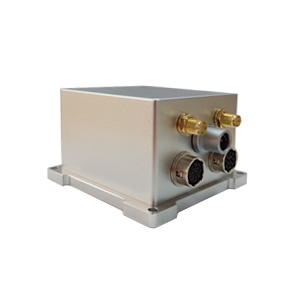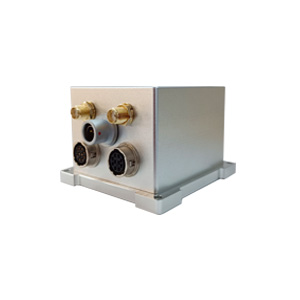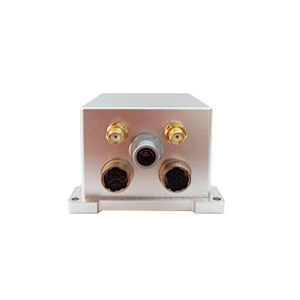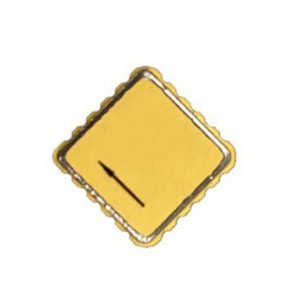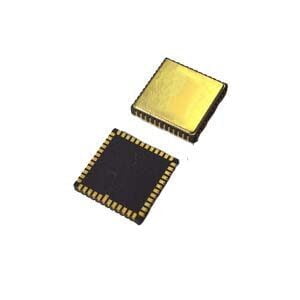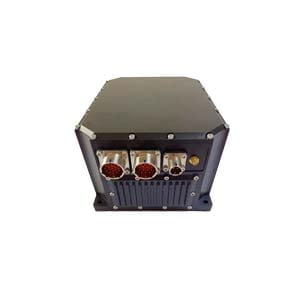GNSS combined with INS (Inertial Navigation System) can make up for the shortcomings of GNSS when the signal is blocked or interrupted and the problem of low satellite refresh rate.
Our integrated navigation ER-GNSS/MINS-03 has high accuracy and reliability. It can provide continuous and high-precision position, heading, speed and attitude information.
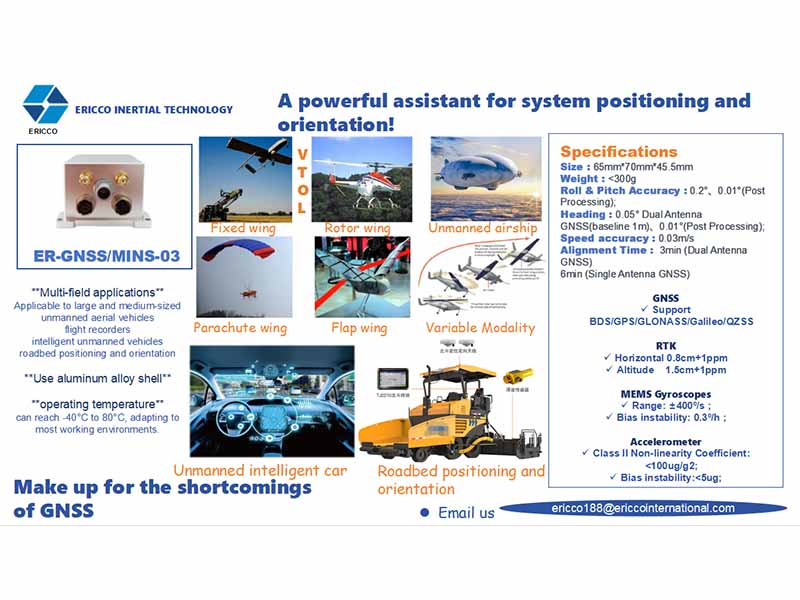
**High-precision positioning and orientation**
The product features high-precision and highly reliable MEMS gyroscopes (bias instability <0.3°/h) and accelerometers (bias instability <5ug).
The integrated navigation information provided has a roll and pitch accuracy of up to 0.02°, post-processing 0.01°, heading 0.05°, post-processing 0.01°, and speed accuracy of up to 0.03m/s.
**Full frequency band and full system**
Built-in dual antenna positioning and directional GNSS module. It can perform high-precision and fast positioning and orientation.
Supports all major satellite navigation systems in the world and is compatible with multiple frequency points to ensure the best positioning effect at any location in the world.
Supports RTK positioning, automatically adapts to identify RTCM, and enters RTK state.
**Strong anti-interference ability**
The built-in satellite receiver has strong anti-interference ability, can still provide accurate positioning in complex electromagnetic environments, and supports multiple communication interfaces.
At the same time, it can independently complete the output of GNSS related data.
**Small size and light weight**
The size is only 65×70×45.5mm, the weight is less than 300g, and the aluminum alloy shell is used to reduce the weight while ensuring the reliability of the product.
The operating temperature range can reach -40°C to 80°C, which is suitable for most working environments.
**Multi-field application**
It is suitable for large and medium-sized unmanned aerial vehicles, flight recorders, intelligent unmanned vehicles and roadbed positioning and orientation.
More Technical Questions
1. What Is GNSS-aided MEMS INS and How Does It Work?
2. How to Improve the Performance of MEMS Inertial Navigation Systems?
3. Why Should We Use MEMS GNSS/INS?
4. Classification And Performance Improvement Of MEMS Gyroscope
5. MEMS Accelerometer Packaging Technology
6. Performance Analysis of GNSS RTK Timing


